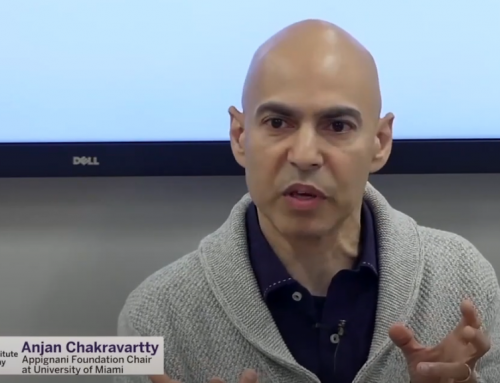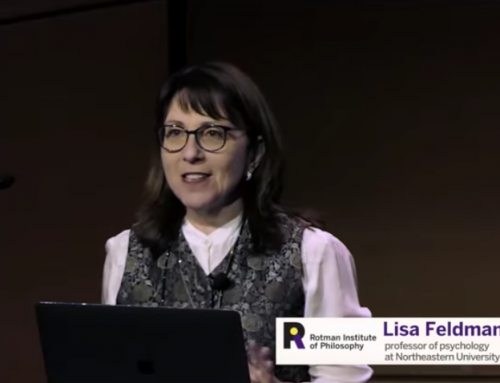Videos of lectures by Anouk Barberousse and Robert Batterman have been uploaded onto the Rotman YouTube channel, and can be found in the ACMES playlist. The Algorithms and Complexity in Mathematics, Epistemology and Science (ACMES) conference was held this past May, here at Western. The final video from this conference, a lecture by Ursula Martin, will be available soon.
Anouk Barberousse, History and Philsophy of Science, Université Lille 1, France
Community Modeling Systems as a Challenge to Reliability
Climate computer simulations involve large teams of researchers who have to collaborate on designing and using computer programmes. Several disciplines are concerned: statistical physics, hydrodynamics, geologists, applied mathematicians, computer scientists, etc. In order to better understand how reliable knowledge is produced via climate simulations, I shall focus on several examples of community modelling involving different types of collaboration, from more centralized to more open ones, and I shall examine in each case how reliability is achieved. At first view, it might seem that reliability is directly related with centralization; however, as climate modeling is subject to the time constraint, which demands the results to come at a quick pace, centralized modes of collaboration may not be the most efficient ones.
Robert Batterman, Department of Philosophy, University of Pittsburgh
Asymptotics, Minimal Models, Multiscale Techniques
Much of applied mathematical modeling involves appeal to simple, “toy,” or “minimal” models. A minimal model is one that “most economically caricatures the essential physics.” [N. Goldenfeld] The requirement of economy is important and it is what allows one to draw (at least some) comparisons between various examples from across the sciences. Thus, the fruitfly drosophila, is a minimal model for human biological evolution, the ascidians (sea squirts) are minimal models for some aspects of human developmental biology, lattice gas models function as mimimal models for certain investigations into the nature of fluid flow, and we shouldn’t forget the importance of the Ising model and its various generalizations for understand phase transitions in both fluids and magnets. This talk addresses the question of how it is possible that such extreme caricatures can play explanatory and sometimes predictive roles in our attempts to model more complex and real systems.
Subscribe to our YouTube channel.






